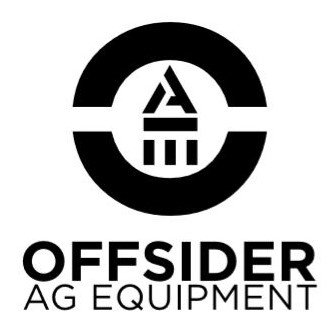Defend your mob: on farm biosecurity
We might roll our eyes at the idea of formalising our biosecurity practices, but the truth is, as livestock people, we are so conscious of it and we don’t realise it.
Biosecurity encompasses a range of practices and measures aimed at preventing, detecting, and controlling the entry and spread of pests, diseases, and weeds.
On properties, farms and stations, biosecurity is the frontline defence against threats that could devastate crops, livestock, and the environment. It's not just about reacting to outbreaks but proactively managing risks to minimise their impact.
As farmers and graziers, we are the custodians of our land, playing a front line role in maintaining biosecurity. Vigilance is key, and it starts with sound biosecurity practices tailored to the specific risks at your property.
1. Property Hygiene: Regular cleaning and disinfection of equipment, vehicles, and infrastructure can help prevent the introduction and spread of pests and diseases.
2. Quarantine Protocols: Establishing quarantine areas for new stock or equipment can prevent the introduction of pests and diseases to existing livestock or crops.
3. Monitoring and Surveillance: Regular monitoring for signs of pests, diseases, or unusual symptoms in plants and animals enables early detection and swift action.
4. Biosecurity Training: Educating your team and family about biosecurity risks and best practices empowers them to become active participants in safeguarding your farm.
Putting this into practice
· Regularly monitor and investigate animal illness or death
· Monitor livestock regularly and investigate disease outbreaks and deaths. Remove and isolate sick animals.
· Report cases of unusual sickness or death to a vet or government officer.
· Where possible record the number of deaths to identify significant increases.
Maintain good animal health practices
· Establish and maintain a flock or herd health plan. Include horses, working dogs and pets as part of the plan.
· Use proficient operators to implement plan.
· Vehicle/people movements
· Run infected animals or animals with parasites through the yards last.
· Wash hands thoroughly and change clothes after handling sick animals.
Stockfeed
· Make sure stockfeed is not contaminated by domestic animals, feral animals, livestock or vermin.
· Keep feed in a clean, dry area and inspect it to ensure it is still in ideal condition when fed out.
· Keep troughs clean and try to ensure watering points cannot be accessed by feral animals that may also have diseases.
· Insects and pests are attracted to water and may spread disease. Do not allow water to stagnate.
Boundaries
· Make sure internal fences are adequate to keep mobs of livestock segregated.
· Feral animal and wildlife
· Dispose of carcases in an area where other livestock and feral animals cannot access them, taking into account the potential for environmental contamination.
Formalising what practices you undertake at your place can be done using the Integrity Systems On Farm Biosecurity Plan and keeping it in a place that is easily accessible by yourself and your team.
